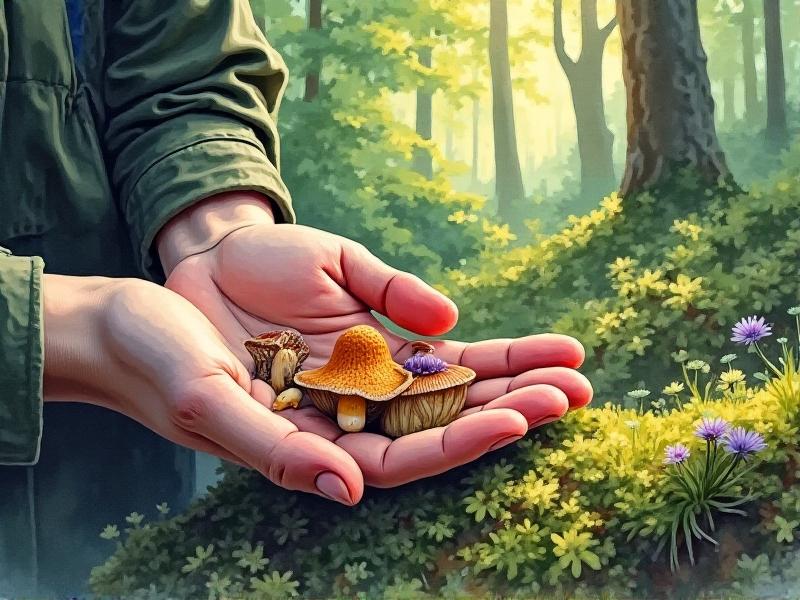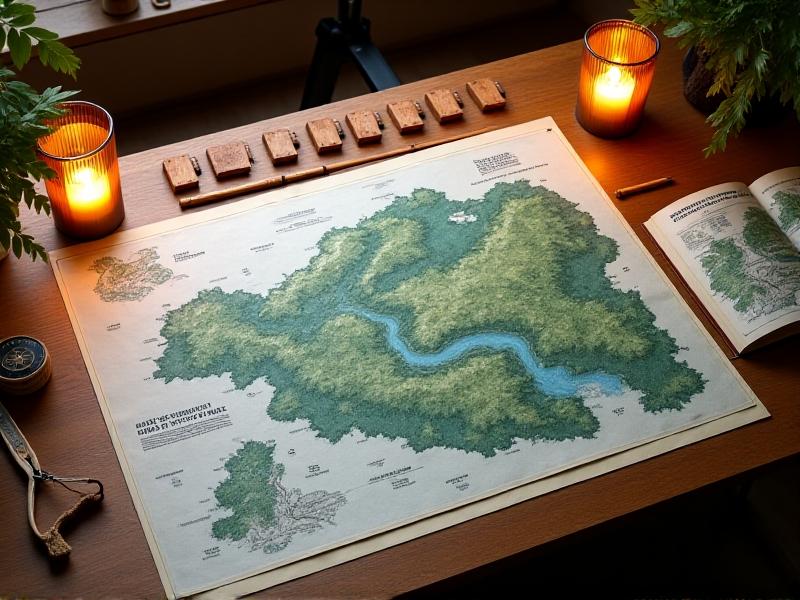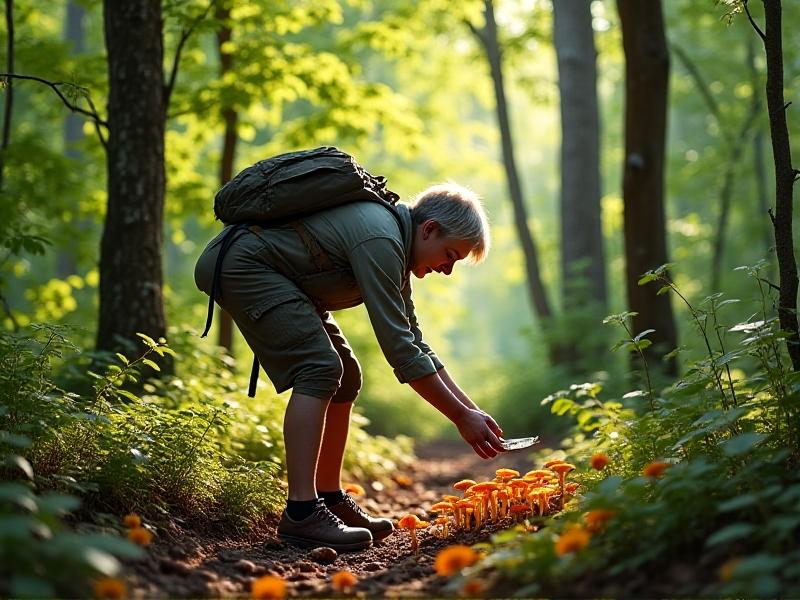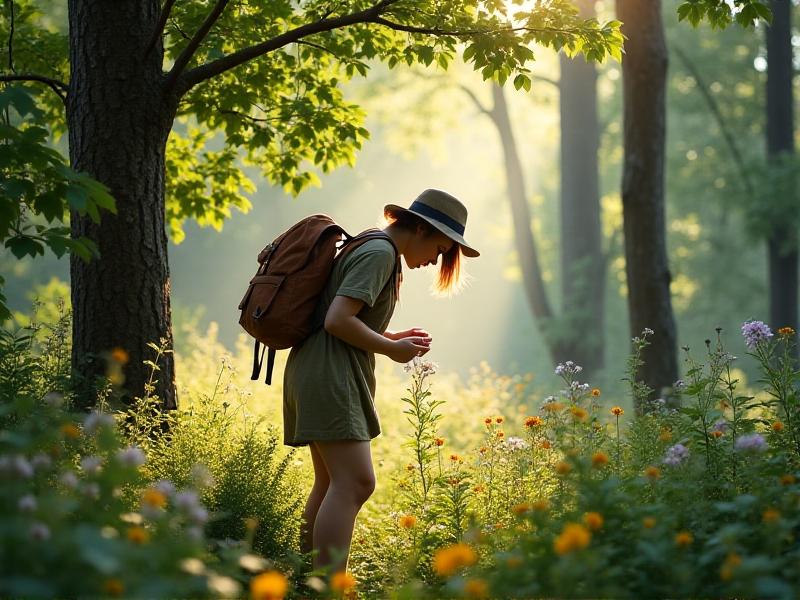Leave No Trace Principles for Sustainable Foraging in Protected Areas
Understanding the Leave No Trace Principles
Sustainable foraging in protected areas begins with a deep understanding of the Leave No Trace (LNT) principles. These principles are designed to minimize human impact on natural environments, ensuring that ecosystems remain healthy and undisturbed. The seven core principles include planning ahead, traveling and camping on durable surfaces, disposing of waste properly, leaving what you find, minimizing campfire impact, respecting wildlife, and being considerate of other visitors. When applied to foraging, these principles guide foragers to harvest responsibly, avoid damaging plants and habitats, and leave the environment as they found it. By adhering to LNT, foragers can enjoy nature’s bounty while preserving it for future generations.

Why Sustainable Foraging Matters in Protected Areas
Protected areas are sanctuaries for biodiversity, providing critical habitats for countless species of plants, animals, and fungi. Sustainable foraging in these areas ensures that ecosystems remain balanced and resilient. Overharvesting or careless foraging can disrupt food chains, deplete plant populations, and harm wildlife. By foraging sustainably, we contribute to the conservation of these areas, allowing them to thrive naturally. Additionally, sustainable foraging fosters a deeper connection with nature, encouraging foragers to appreciate the delicate balance of ecosystems and the importance of preserving them. It’s not just about taking; it’s about giving back to the environment.

Planning Ahead: The First Step to Responsible Foraging
Before venturing into a protected area to forage, thorough planning is essential. Research the area’s regulations, as some places may have restrictions on foraging to protect sensitive ecosystems. Identify the species you intend to harvest and ensure they are abundant and not endangered. Equip yourself with the right tools, such as a field guide, reusable bags, and a knife, to minimize damage to plants. Plan your route to avoid trampling delicate vegetation and disturbing wildlife. By preparing in advance, you can forage responsibly and reduce your impact on the environment.

Harvesting Responsibly: Techniques for Minimal Impact
When foraging, it’s crucial to use techniques that minimize harm to plants and their surroundings. Only take what you need and leave enough for wildlife and future growth. Avoid uprooting plants; instead, harvest leaves, fruits, or flowers in a way that allows the plant to regenerate. Use sharp tools to make clean cuts, reducing the risk of disease or damage to the plant. Be mindful of the surrounding habitat, avoiding trampling other vegetation or disturbing soil. By harvesting responsibly, you ensure that the ecosystem remains healthy and productive.
Leaving What You Find: Preserving Natural Beauty
One of the core principles of Leave No Trace is leaving what you find. This means resisting the urge to take more than you need or collect items like rocks, feathers, or historical artifacts. These natural elements play a role in the ecosystem and contribute to the area’s beauty and ecological balance. By leaving them untouched, you help maintain the integrity of the environment and ensure that others can enjoy the same experience. This principle also applies to foraging; always leave enough for wildlife and future foragers to enjoy.
Respecting Wildlife: Foraging Without Disturbance
Wildlife depends on the plants and fungi in protected areas for food and shelter. When foraging, it’s essential to respect their needs and avoid disturbing their habitats. Observe animals from a distance and avoid areas where they are nesting or feeding. Be mindful of the time of year, as certain seasons are critical for wildlife survival. For example, avoid foraging in areas where animals rely on specific plants during the winter months. By respecting wildlife, you contribute to the balance of the ecosystem and ensure that animals can thrive undisturbed.
Educating Others: Spreading Awareness About Sustainable Foraging
Sustainable foraging is a practice that benefits from shared knowledge and awareness. Educate others about the importance of Leave No Trace principles and responsible foraging techniques. Share your experiences and insights with fellow foragers, emphasizing the need to protect natural areas. Encourage others to research local regulations and species before foraging and to prioritize the health of the environment over personal gain. By spreading awareness, you help create a community of mindful foragers who value and protect the natural world.
Conclusion: The Future of Sustainable Foraging
As the popularity of foraging grows, so does the responsibility to protect the environments we rely on. By adhering to Leave No Trace principles and practicing sustainable foraging, we can ensure that protected areas remain vibrant and healthy for generations to come. It’s a collective effort that requires mindfulness, respect, and a commitment to preserving the natural world. Let’s embrace sustainable foraging not just as a way to connect with nature, but as a way to safeguard it for the future.






